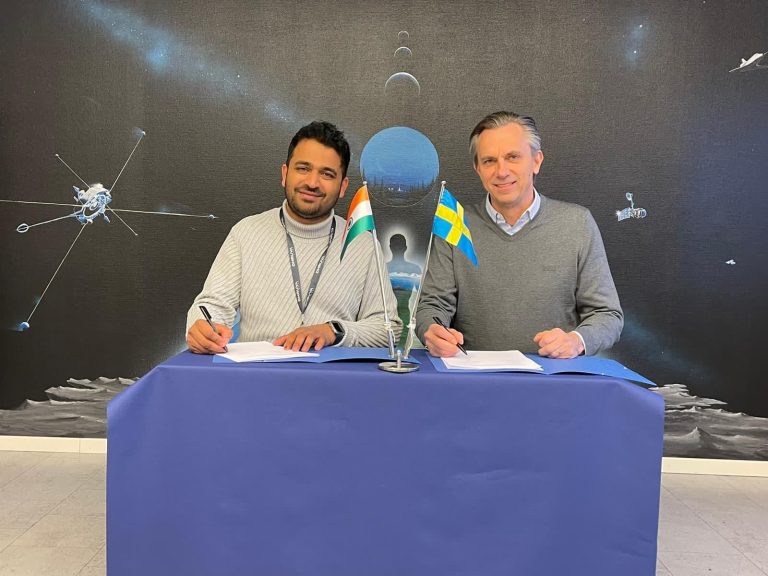Last week, the search for extraterrestrial life got a little edge with the artificial intelligence joining the search for alien life in the outer space. A team of researchers from the Centre for Robotics and Neural Systems (CRNS) at Plymouth University in the UK have built artificial neural networks (ANNs) to recognise patterns of life-supporting condition on other planets. The research was presented at the European Week of Astronomy and Space Science in Liverpool.
How Does The CRNS AI Neural Network Work
CRNS’ AI neural network is an interconnected computing system which is made up of nodes. These systems are able to learn through pattern recognition that are too complex for a human brain to process.
The artificial neural networks designed by astro-boffins have classified the planets into five different conditions — the early earth, the present day earth, Mars, Venus and Saturn’s largest moon, Titan, where it is believed that life could exist in a rocky core in pools of liquid methane or hydrocarbon bodies like ethane. These are potentially the most habitable planets in our solar system.
Now, the researchers are using these ANNs for prioritising exploration for a hypothetical, intelligent, interstellar spacecraft scanning an exoplanet system at a range.
The team of researchers have trained the AI neural network with over a hundred different spectral data that describes what chemical elements are present in a particular planet’s atmosphere. They then collect the inputs from the atmospheric profiles and the neural network then gives a rough estimate of the probability that there are a possibility of life by classifying it into those five types. Since life is currently known to exist only on earth, the classification uses a probability of life metric which is based on the factors such as atmosphere and orbital properties of the five target types. The researchers have found out that the ANN performed well when presented with a new spectral profile it had not seen before.
According to the CRNS research, if a planet is more like the earth, then it means that there is a possibility of life. If the planet is classified close to Venus then the chances of life-existence are minimal.
“Given the results so far, this method may prove to be extremely useful for categorising different types of exoplanets using results from ground-based and near earth observatories” Angelo Cangelosi, the supervisor of the project, said in a press release.
“We’re also looking at the use of large area, deployable, planar Fresnel antennas to get data back to earth from an interstellar probe at large distances. This would be needed if the technology is used in robotic spacecraft in the future,” said Christopher Bishop, who presented the work at the European Week of Astronomy and Space Science (EWASS) in the UK.
With the help of a schematic diagram Bishop explained how the AI neural network works:
The inputs represent values from a spectrum of a test planet’s atmosphere. The output layer contains a probability of life, which is based on a measurement of the input’s similarity of the five solar system. The inputs pass through a series of hidden layers in the network, which are interconnected and enable the network to learn which patterns of spectral lines correspond to a specific planet type.
Other Discoveries Using AI And ML
CRNS is not the first one to dive into this area of work. Last year, Google helped NASA find an alien planet which is thousands of light years away from earth using machine learning techniques. The planet was discovered in data from NASA’s planet-hunting Kepler Space Telescope. The dataset discovered planets by spotting the dip in a star’s light that happens when a planet passes in front of its star from earth’s perspective.
According to NASA, Astronomer Andrew Vanderburg and Google’s senior software engineer Christopher Shallue trained the neural network to identify transiting exoplanets using a set of 15,000 signals. Then the researchers directed their machine learning technology to search for weaker signals in 670 star systems that already had multiple known planets. Kepler 90i was one of those planets.
In the last few years, artificial intelligence and machine learning have become a prominent tool in astronomy. Apart from locating exoplanets, scientists are using machine learning classifying galaxies, identify pulsar stars, sharpen up blurry, noisy images from spaces.





















































































